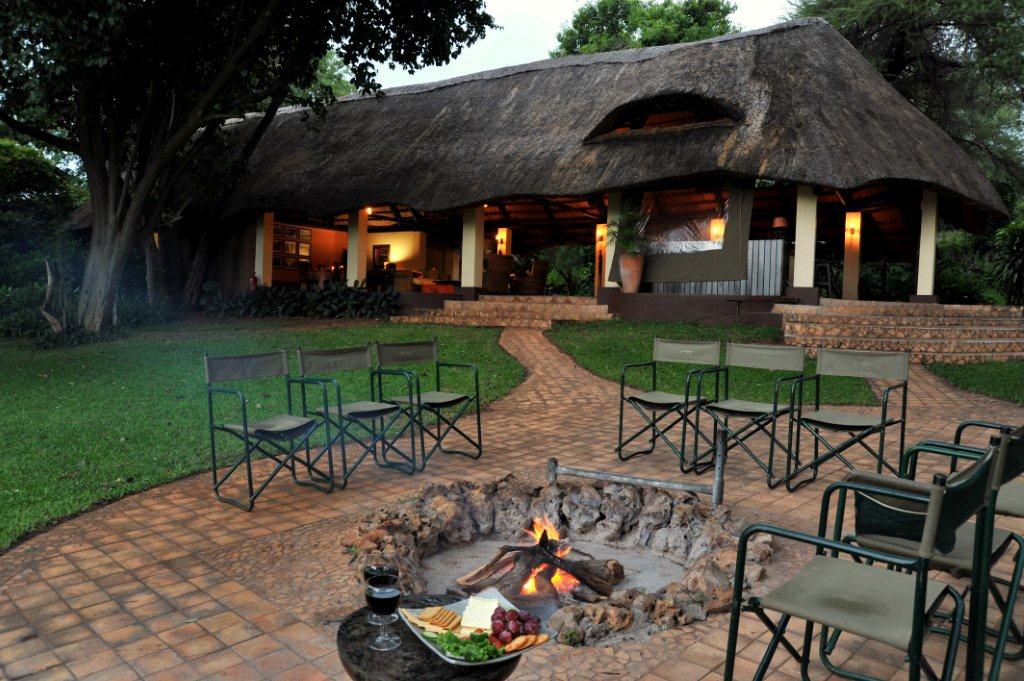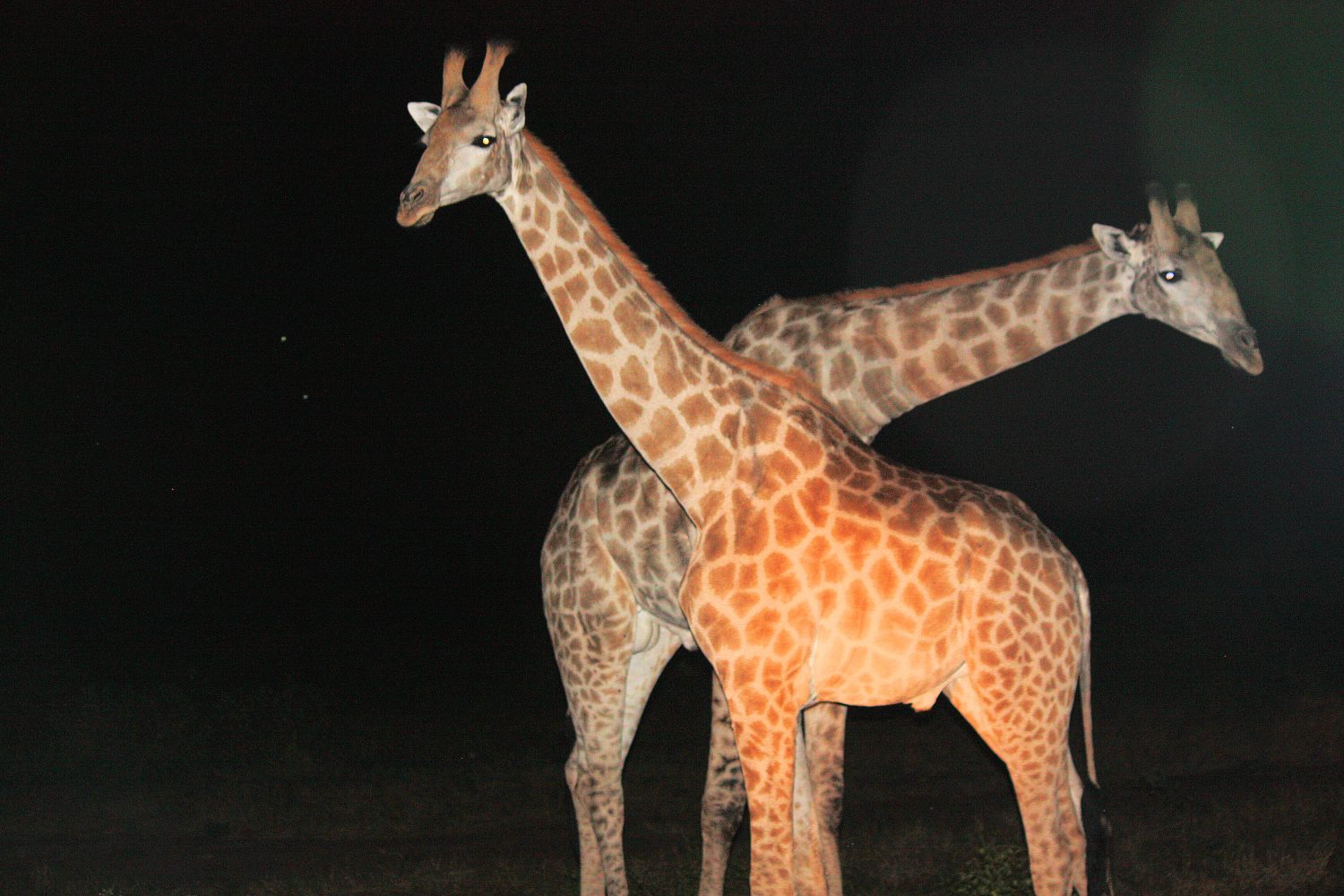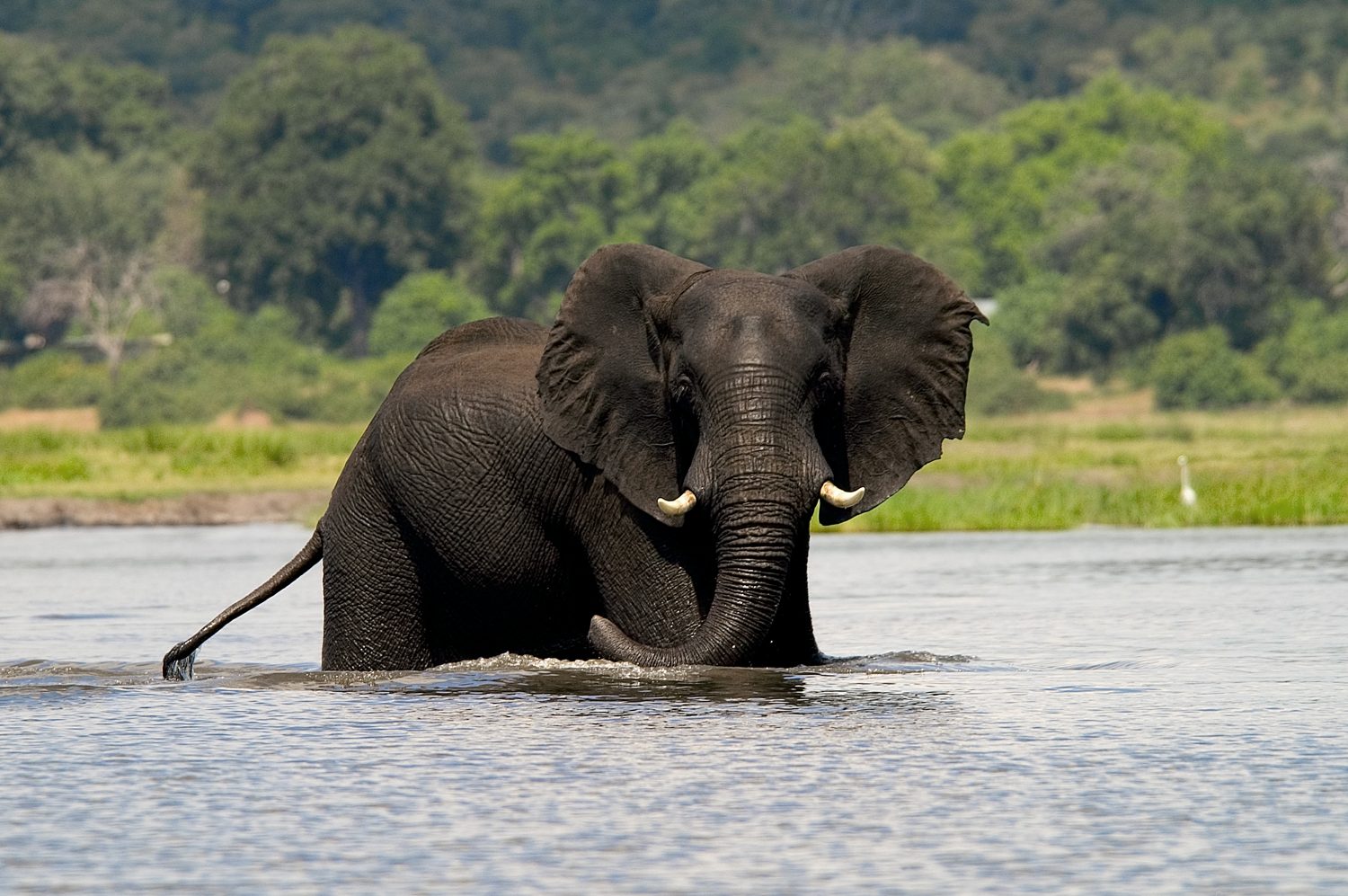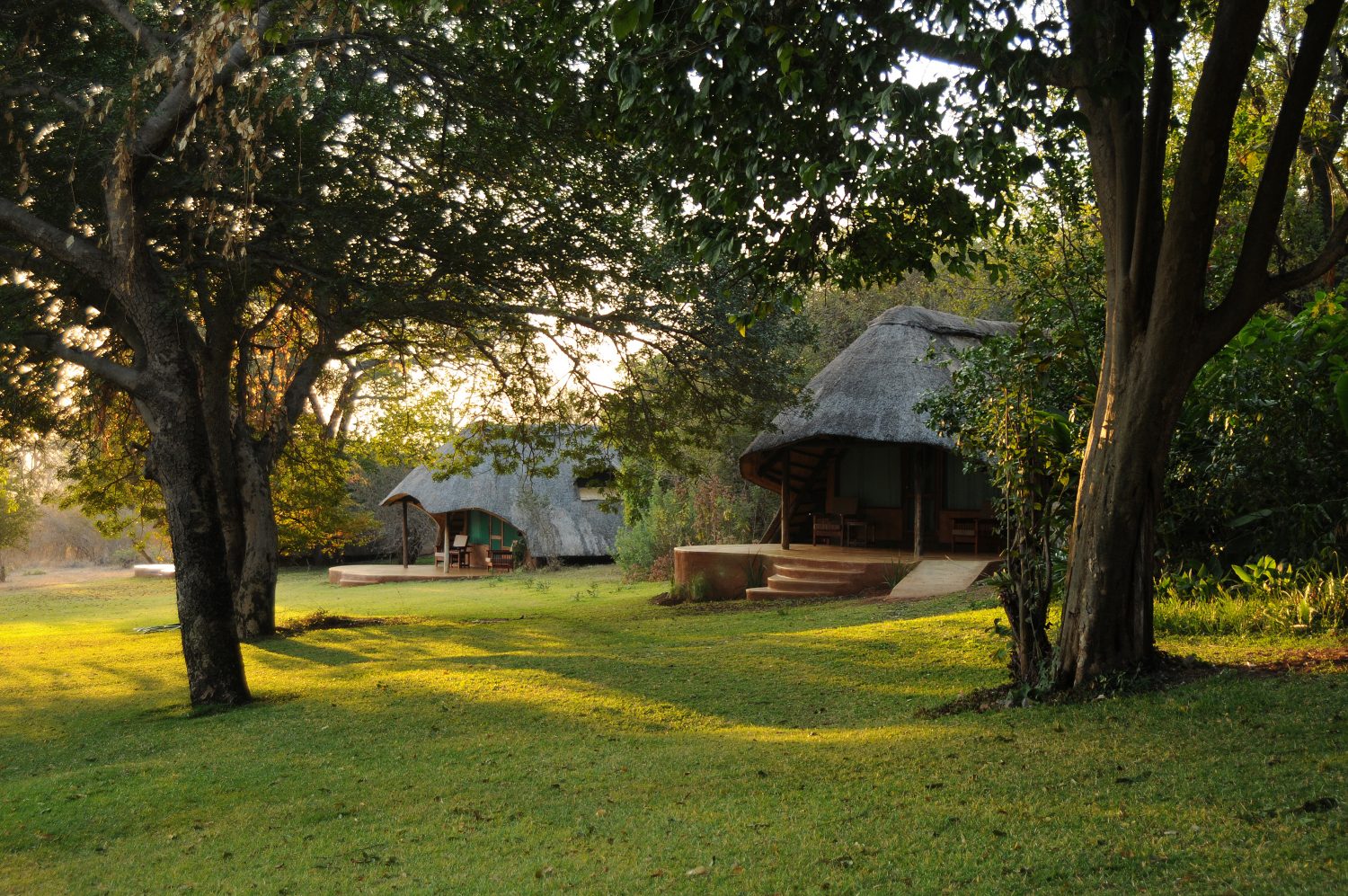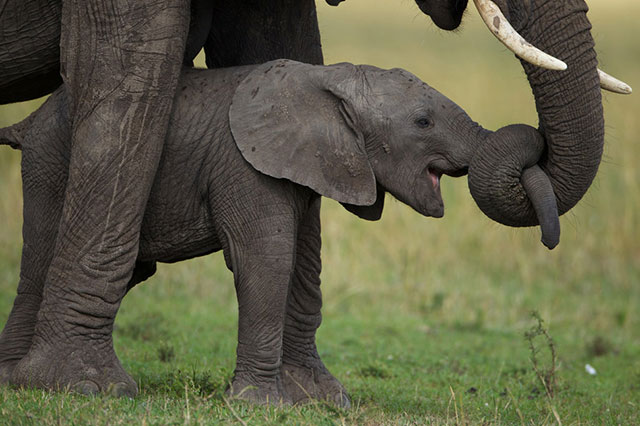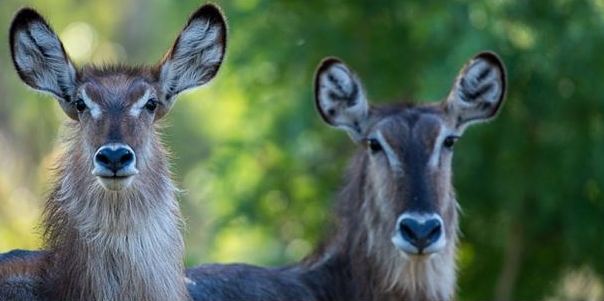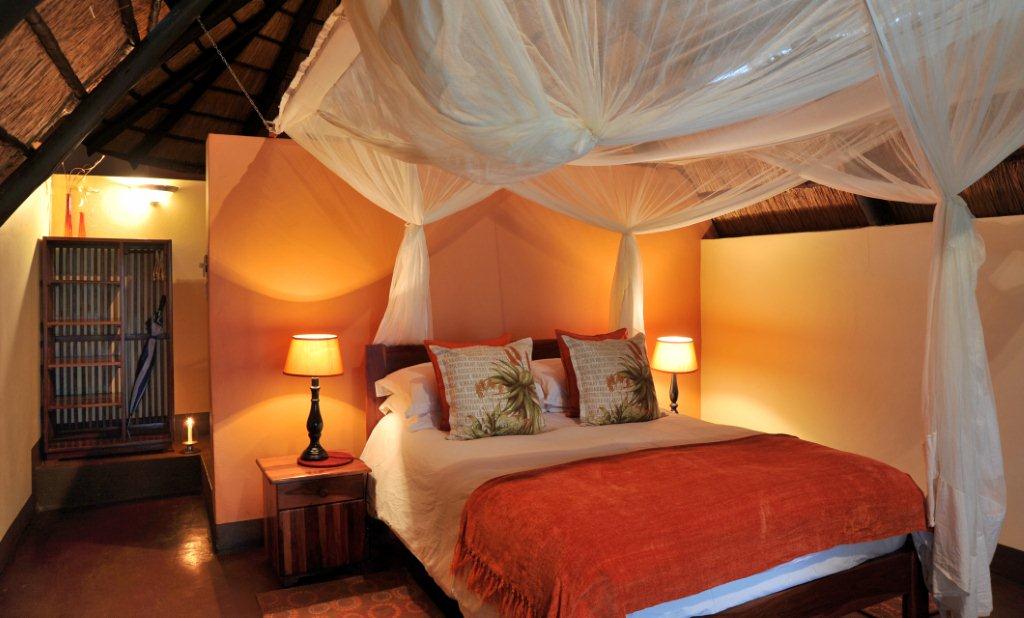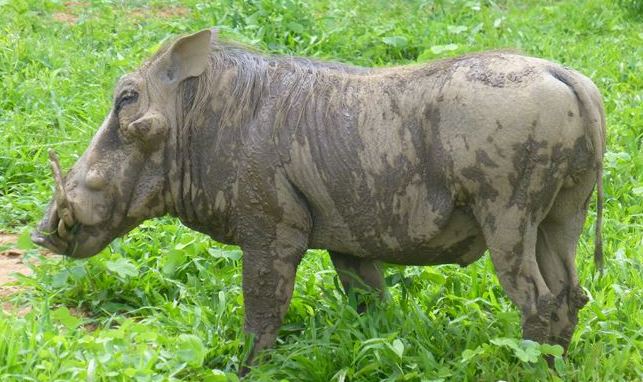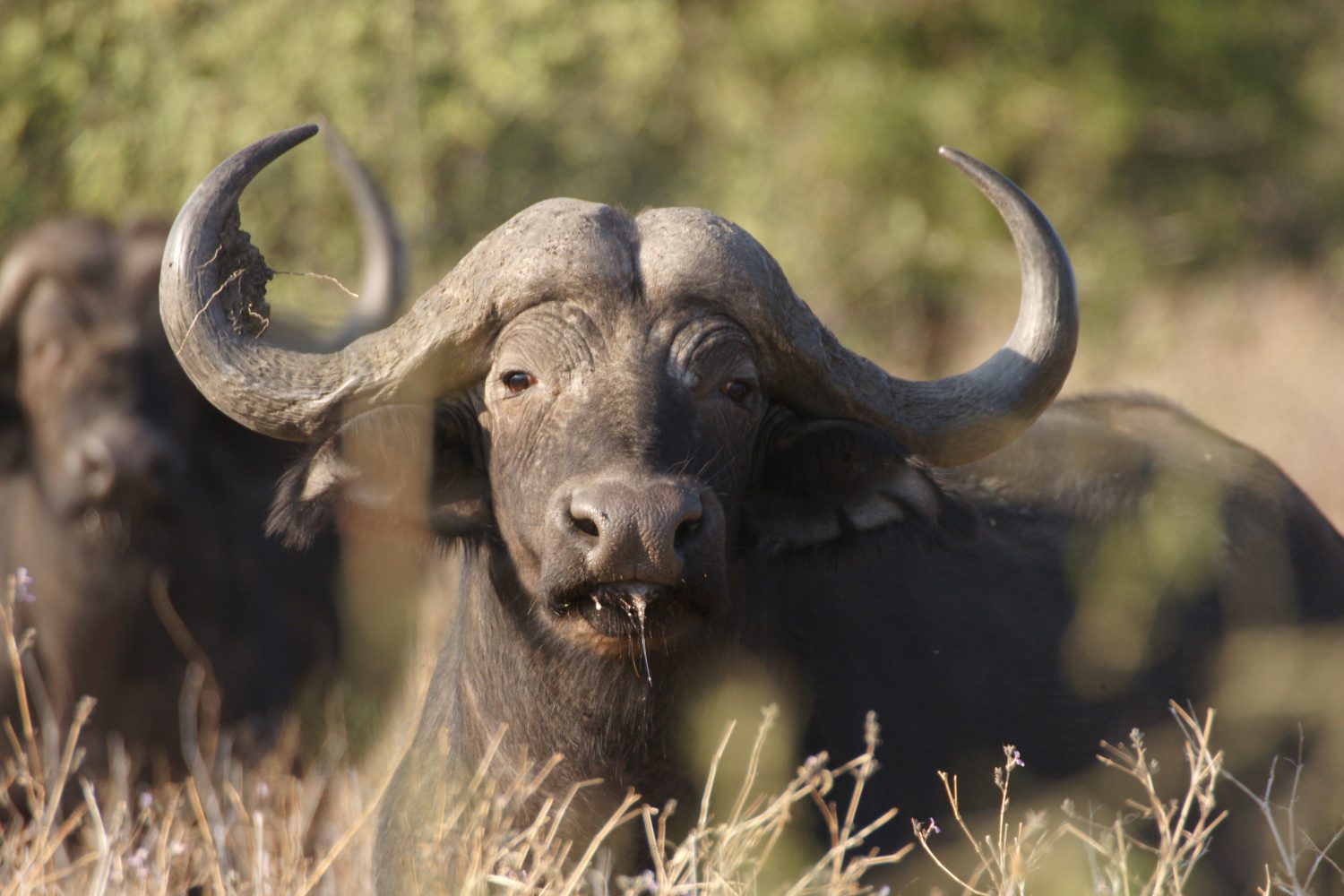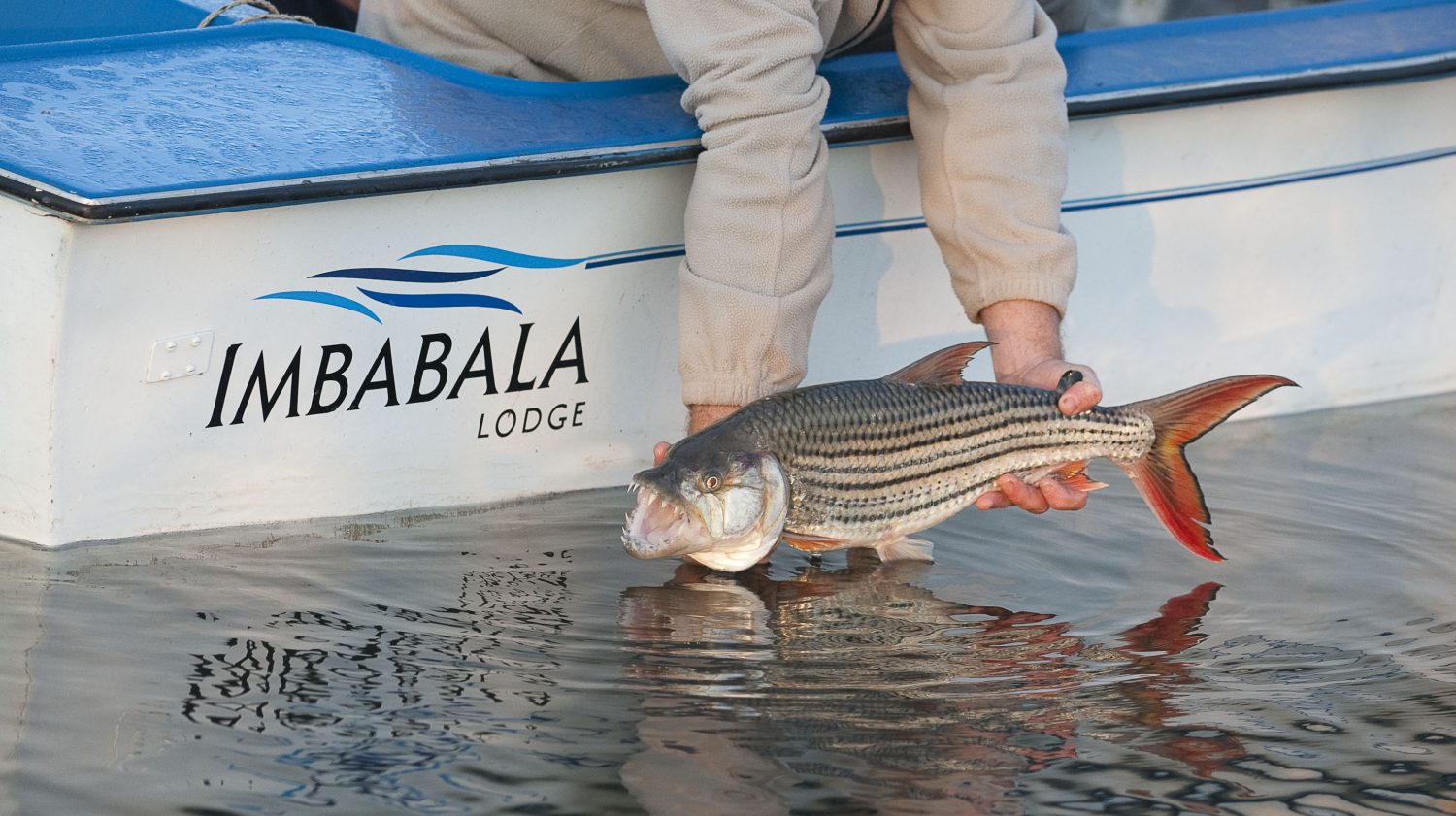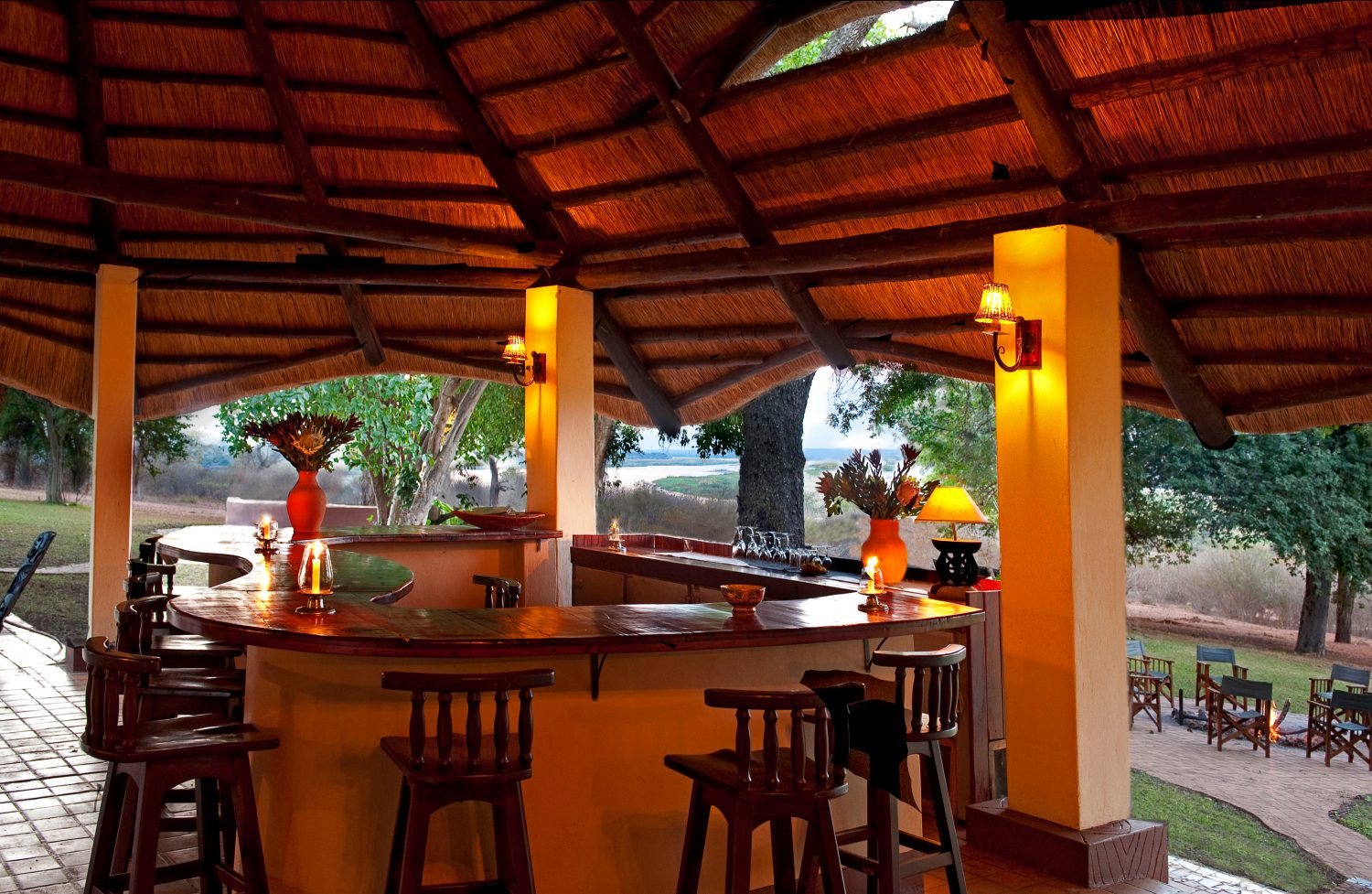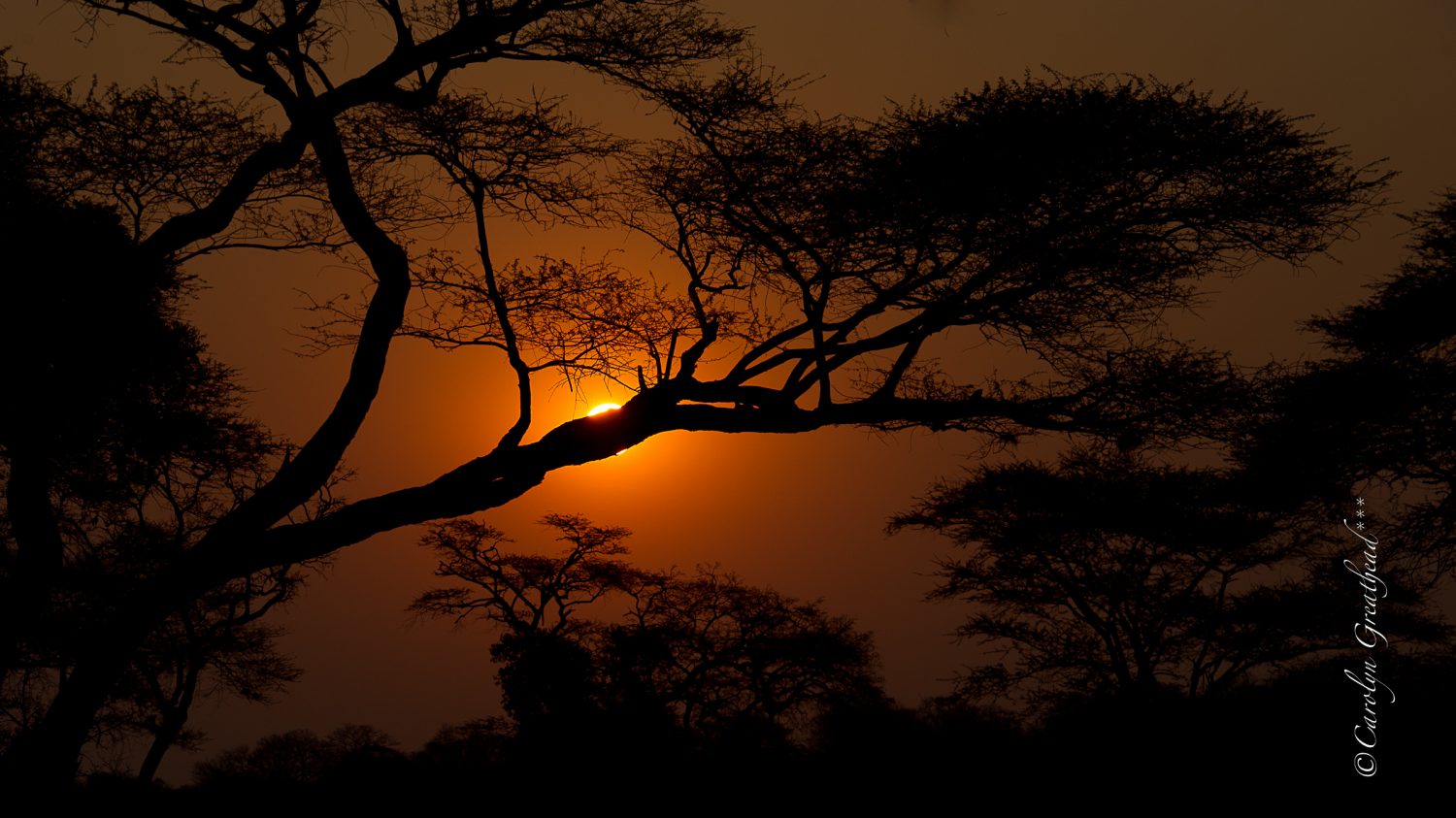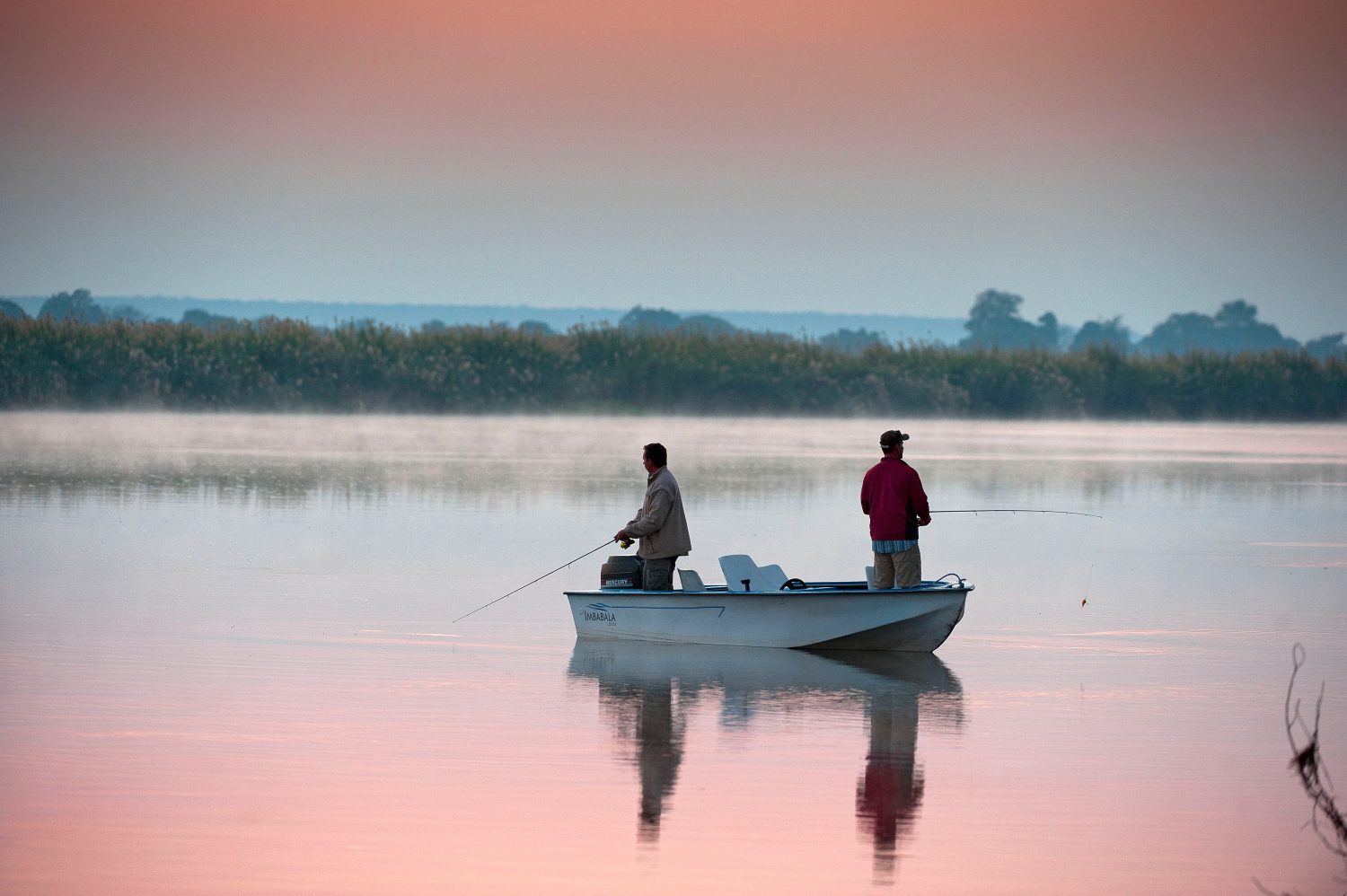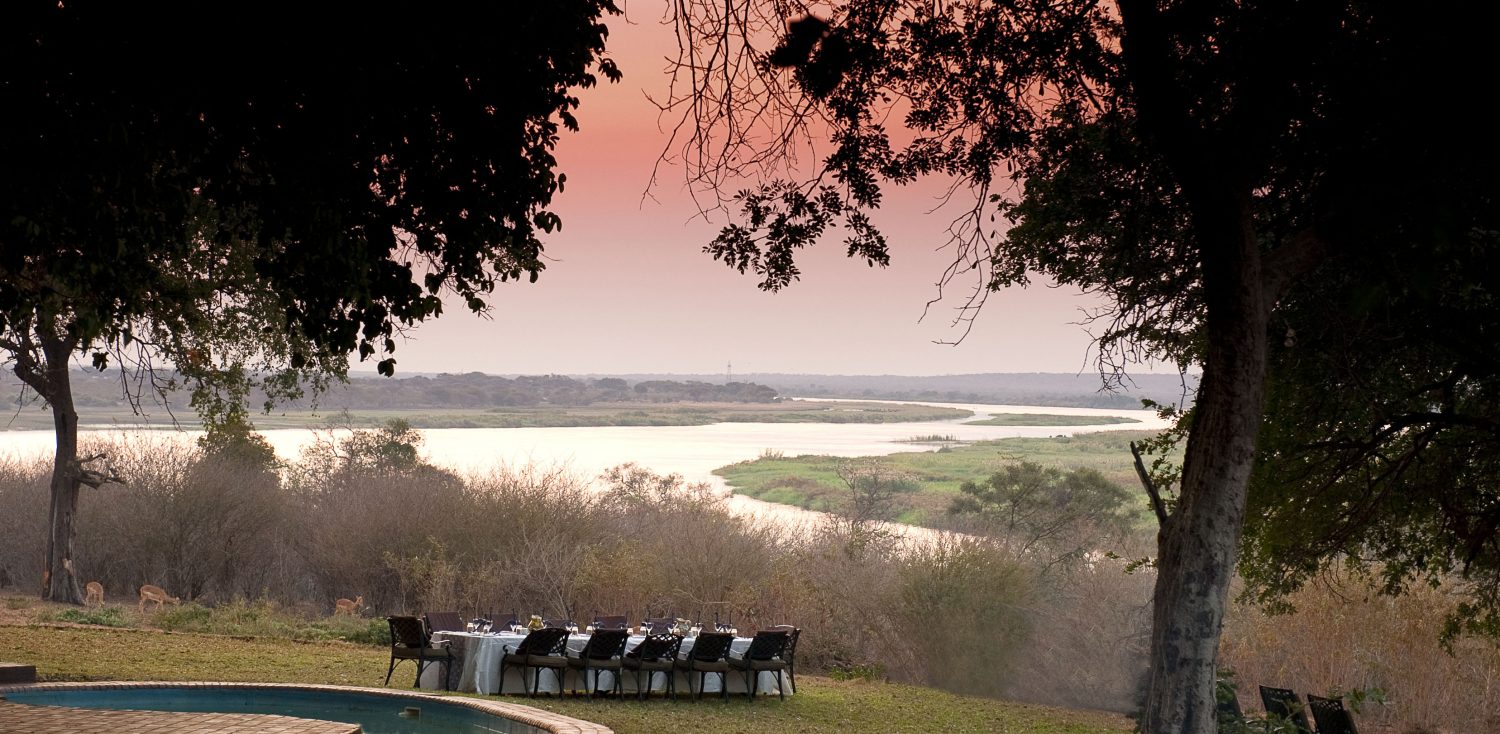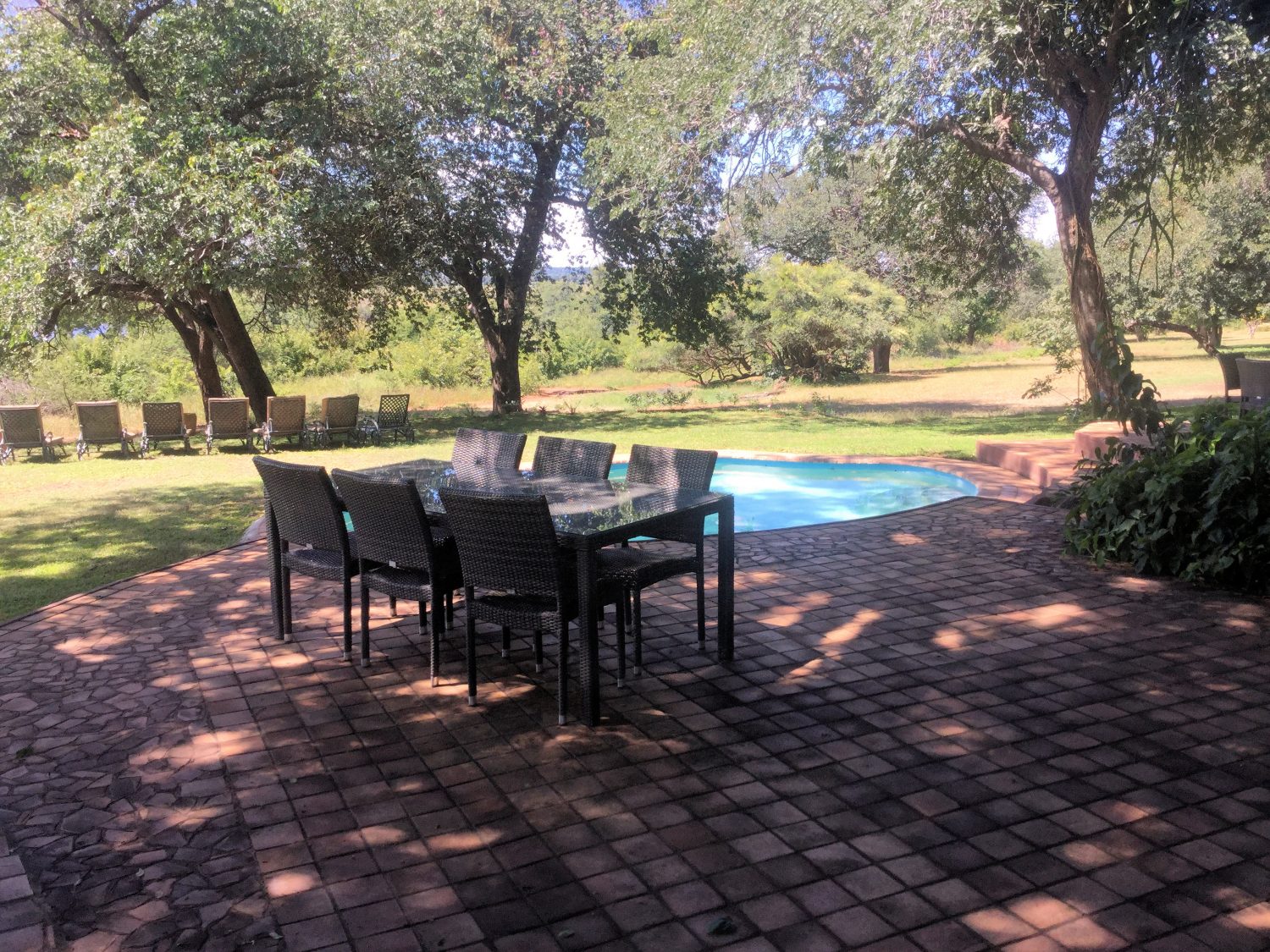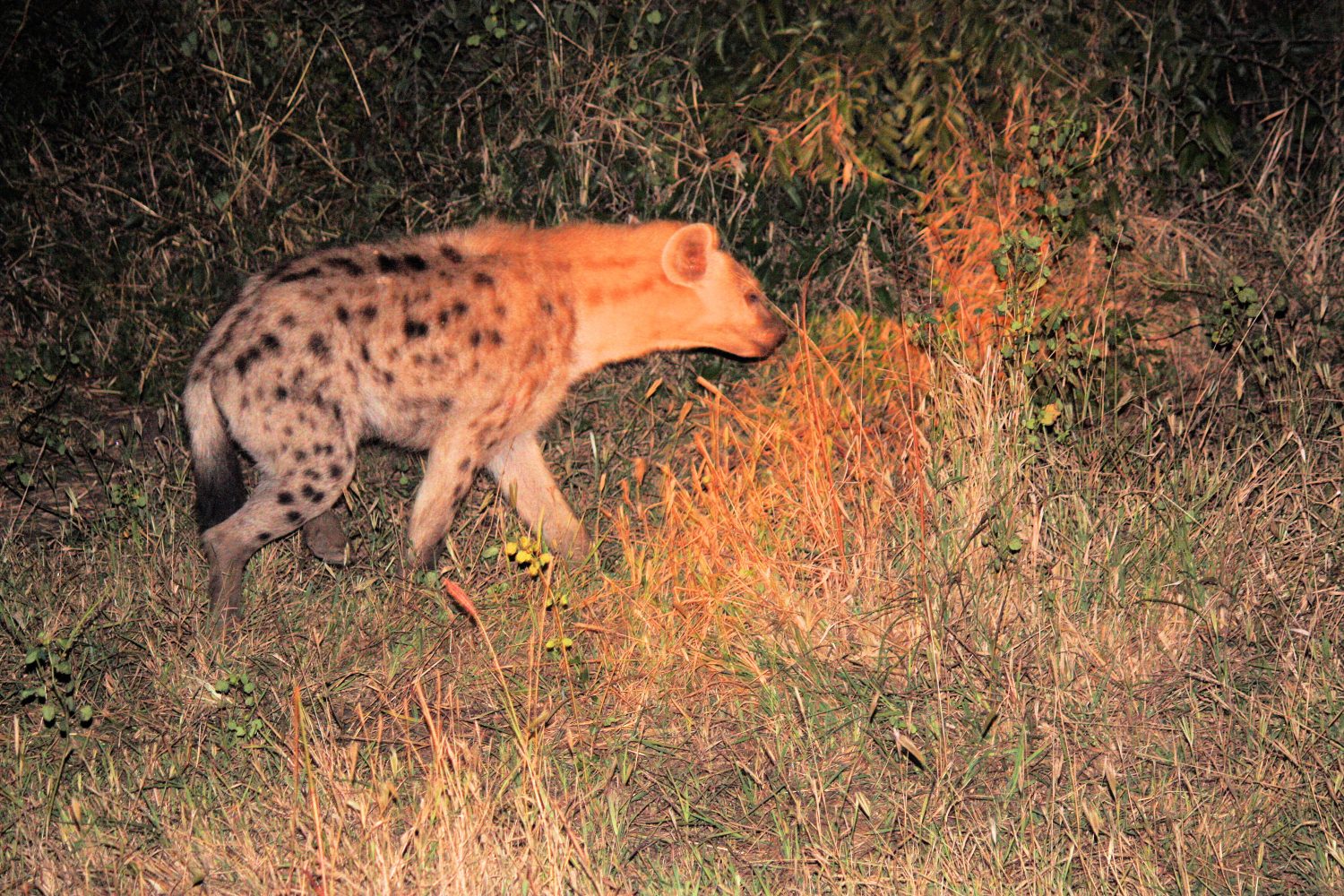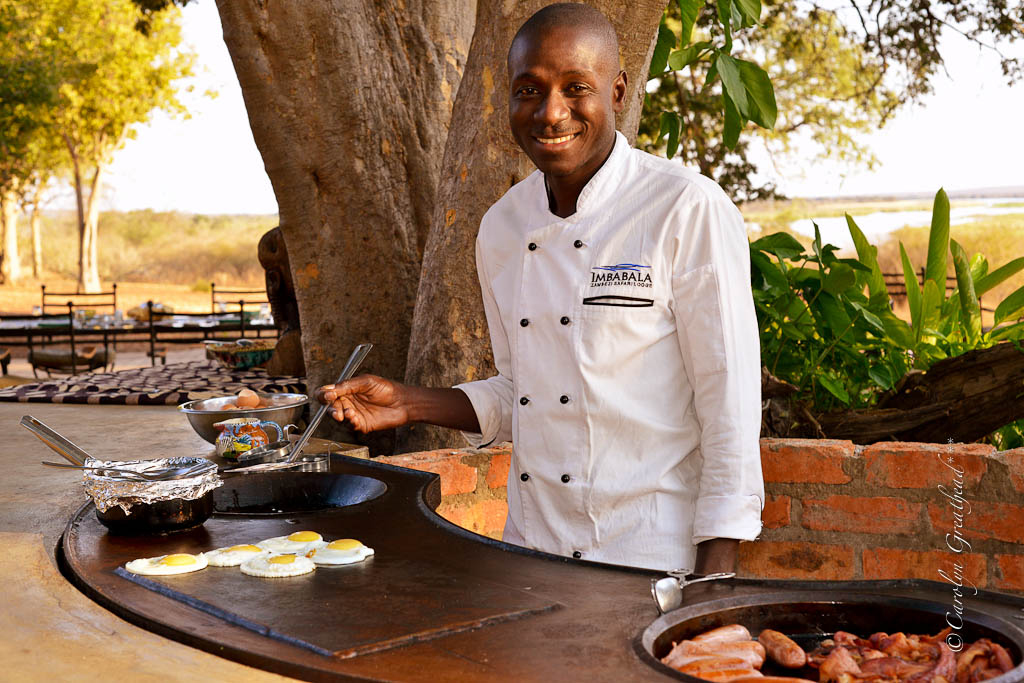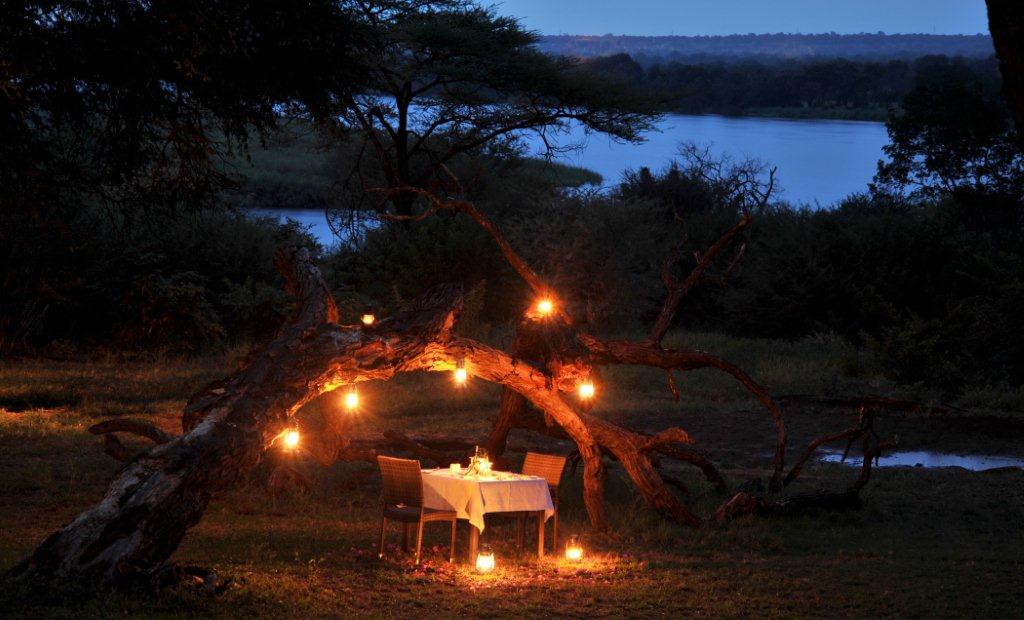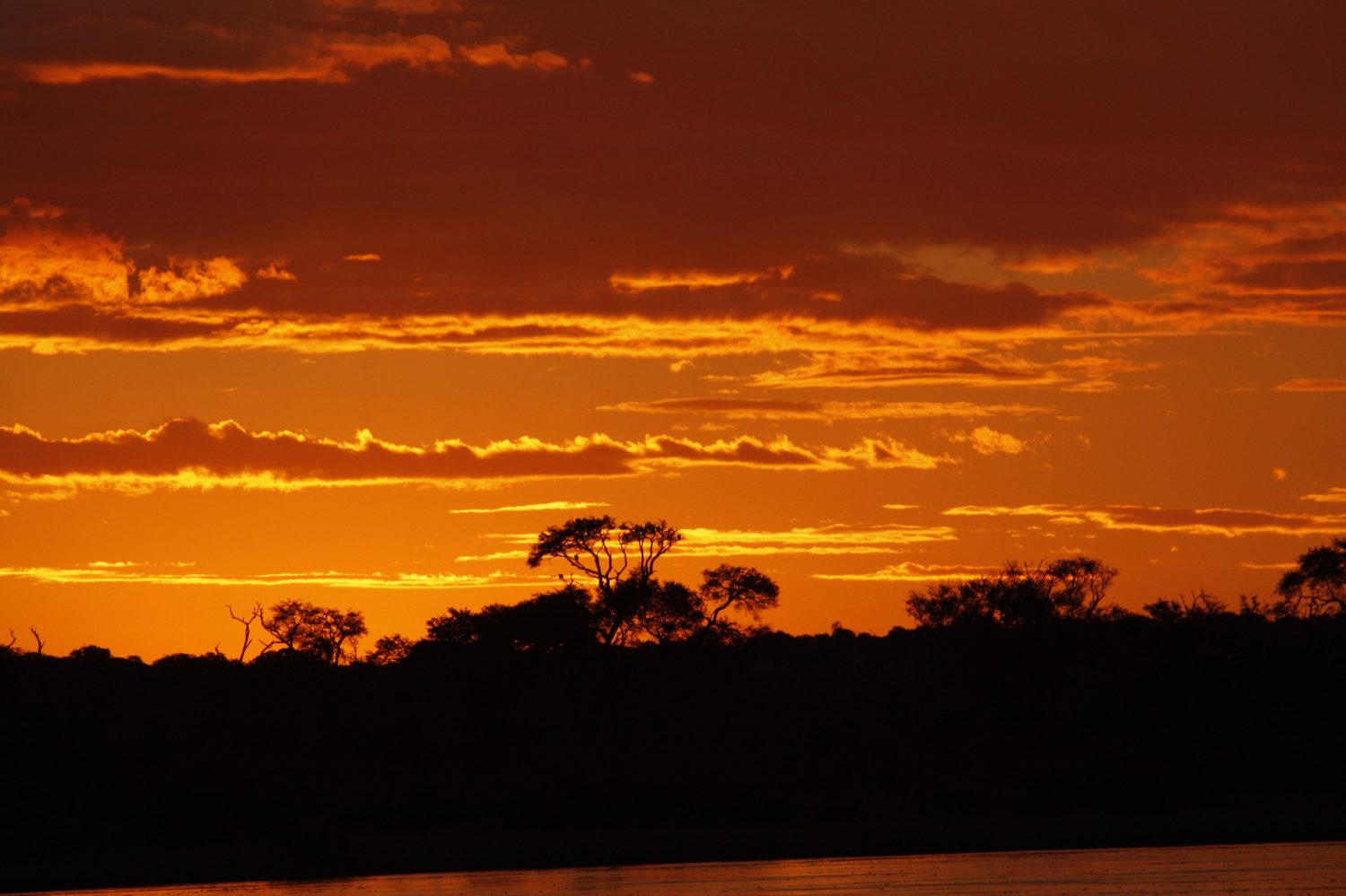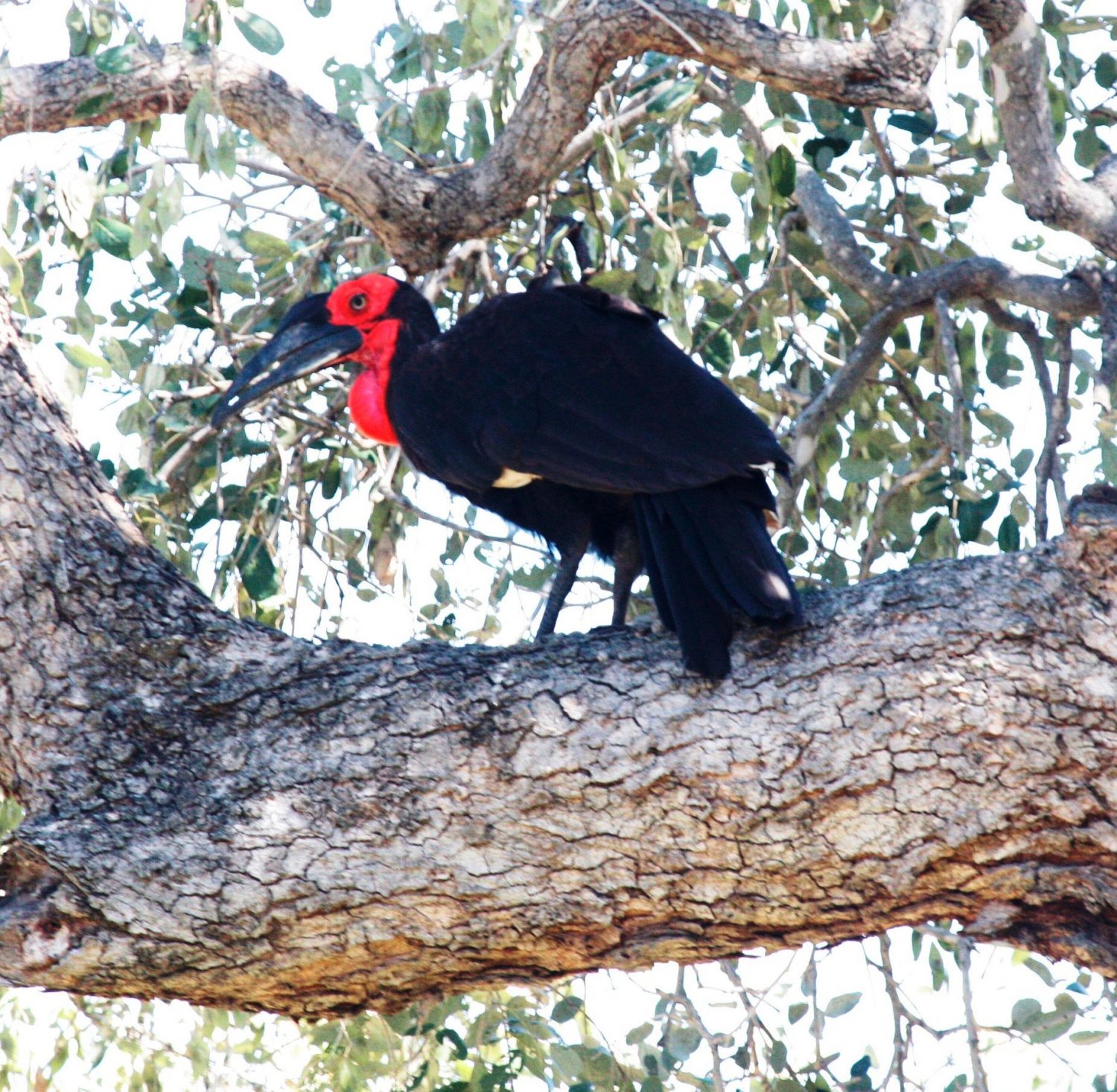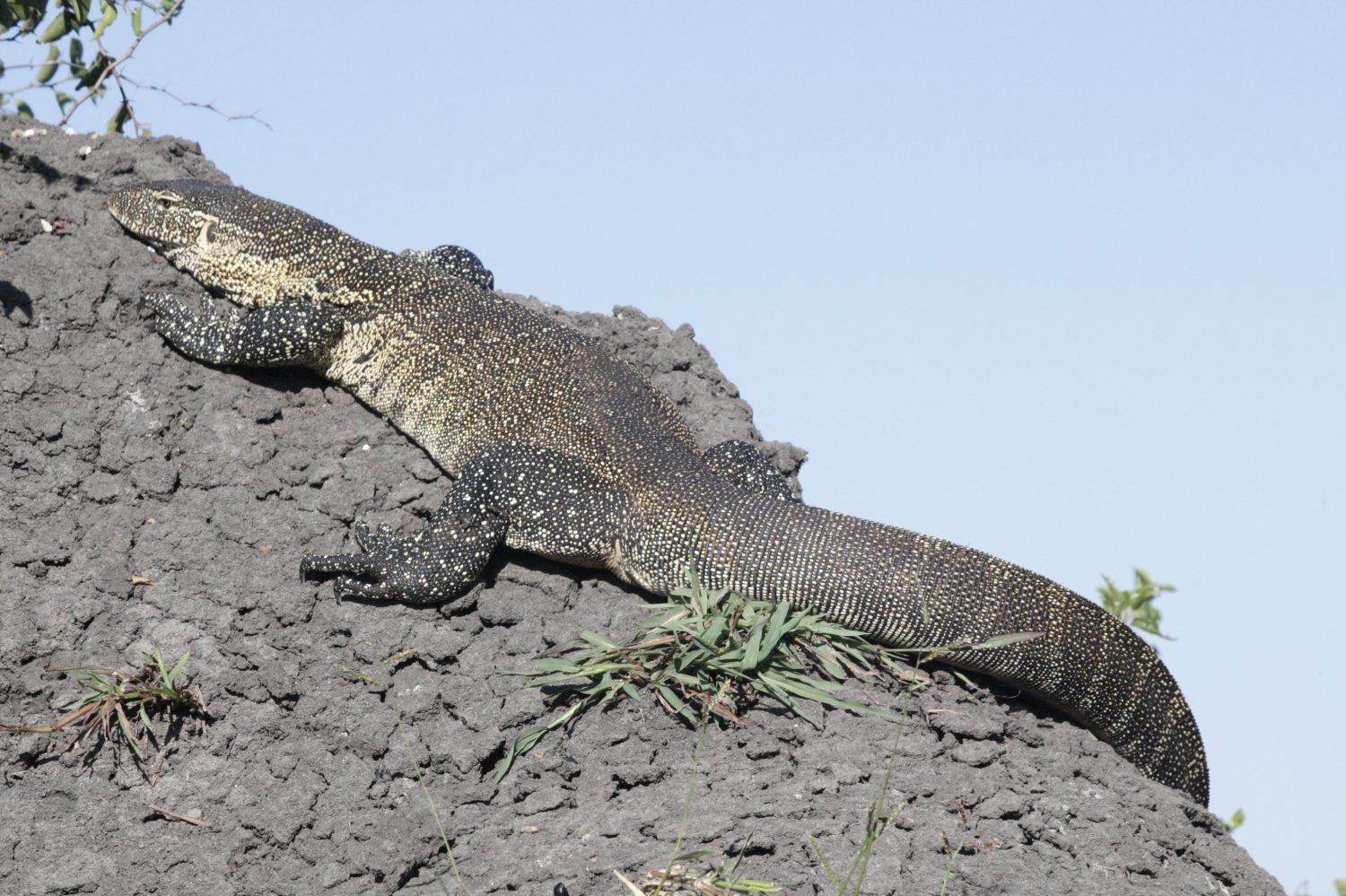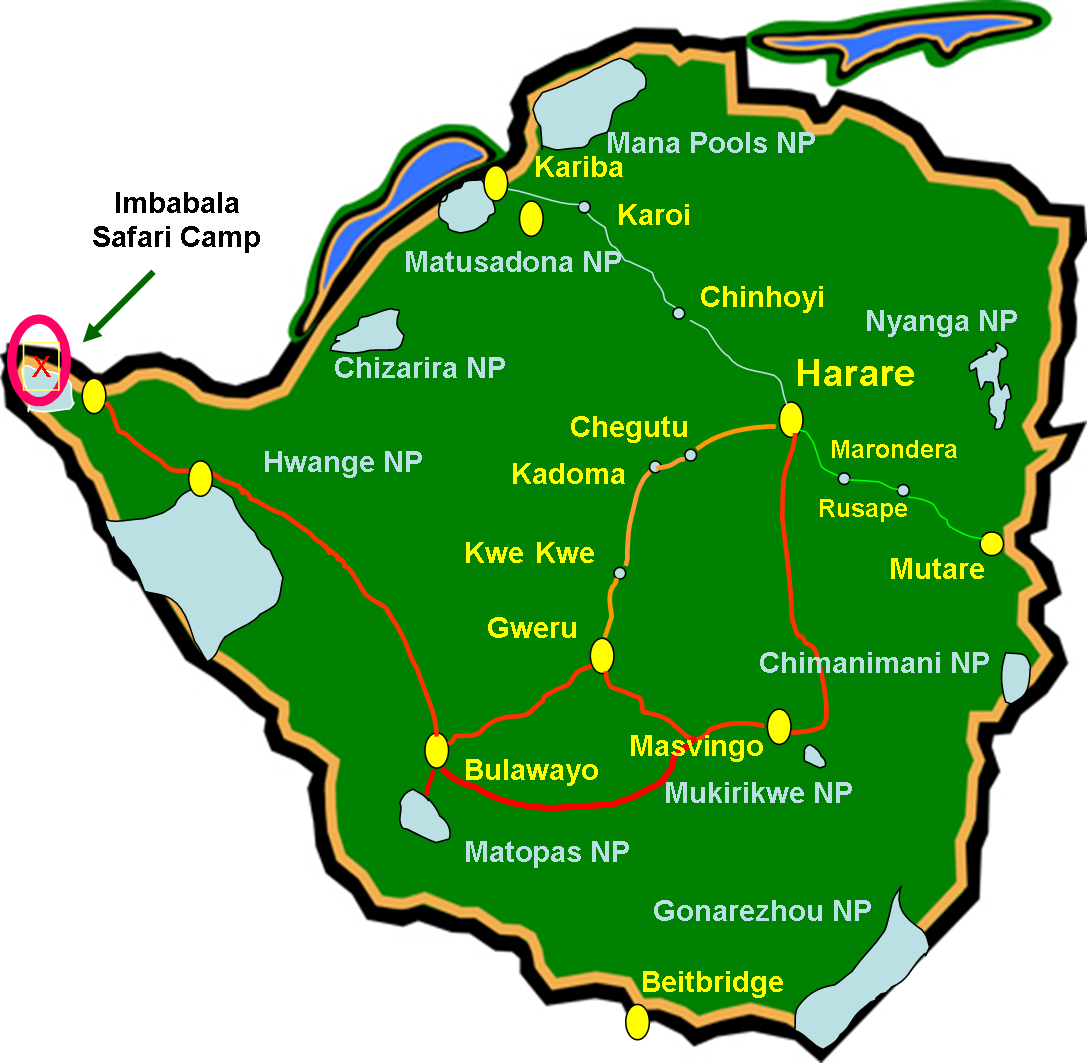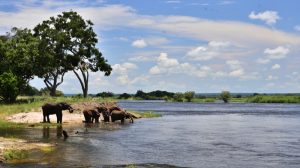Imbabala Zambezi Safari Camp
Situated 70 kilometres West of Victoria Falls
Imbabala Zambezi Safari Lodge is situated on a riverine fringe of the mighty Zambezi River where Zimbabwe, Botswana, Zambia and Namibia converge. The lodge is seventy kilometres west of Victoria Falls town and is accessed on the Kazungula road which is tarred.
The lodge was first opened in 1988 and since that time has been regularly refurbished but has always sought to retain an authentic safari camp feel with guests receiving an unspoilt wilderness experience.
The lodge only accommodates 20 guests thus ensuring guests have an opportunity to relax and enjoy all the facilities and activities available. Children over the age of 7 are welcome at Imbabala however as the lodge is situated in a wilderness area and is unfenced, it is imperative that all children are under the supervision of their parents or a guardian at all times.
Imbabala offers the chance to unwind but also to experience some of the most amazing game viewing and bird watching in the region in the seclusion of a private National Parks concession. The 5,000 Acre (2,023 Ha) concession has 14 kilometers of private Zambezi river frontage and borders the Chobe Forest Reserve, which is renowned for its massive Elephant population.
At A Glance

Accommodation
The Imbabala main lodge is a charming thatched structure, consisting of a lounge, dining room and bar area. This offers fantastic views of both the river and a nearby waterhole, which attracts game throughout the year.
A swimming pool and al fresco eating area nestle under ancient trees. There are no fences to prevent animal movement, so expect to see game and wonderful bird life along the river bank as well as in and around the Lodge.
Imbabala offers exclusive accommodation for only 20 guests in 9 individual stone and thatch lodges with en-suite facilities. Each lodge is beautifully positioned with spacious verandas opening onto sweeping views of the Zambezi River. Imbabala has one family lodge – double, (Sleeps 4), two double and six twin-bedded lodges.
Family Lodge 1
Doubles 2
Twin bedded 6
- 7 rooms with shower
- 2 rooms with shower and bath tub
- universal adaptors provided – fits American and European adaptors
- Tea and coffee station in room
- Electronic safe in room
- Mosquito nets provided around bed
- Each room has hammock
- Veranda furniture on deck – 2 chairs, 1 side table with ashtray
- No air conditioning
- Ceiling fan

Road Access and Airports
Located 70 kilometers west of Victoria Falls town. Access is by transfer or self-drive from Victoria Falls, Livingstone or Kasane.
Victoria Falls airport to Imbabala is 89 kms (55.6 miles). Approx 1hr 15 min
Livingstone airport to Imbabala is 91 kms (56.9 miles) 1 hr 15 min + Zambian passport control time
Guests can fly into Victoria Falls or Livingstone in Zambia and transfers can be arranged.
The new Victoria Falls International Airport was recently opened. It is a wonderful new facility and caters for all domestic and international flights.
Victoria Falls Airport is approximately 22 kms out of Victoria Falls Town and the journey from Livingstone to Victoria Falls is also a short drive over the bridge.
Guests coming across from Zambia will require visas. Pick ups from the airport can be arranged with local transfer companies at an additional cost.

Distances
Victoria Falls Town to Imbabala Safari Lodge 71 kms (44.4 miles)
Victoria Falls Airport to Imbabala Safari Lodge 89 kms (56 miles)
Livingstone Airport to Victoria Falls Town 20.6 kms (13 miles)
Livingstone airport to Imbabala Safari Lodge is 91 kms (57 miles)
Bulawayo – Hwange 337 kms (210.63 miles)
Hwange – Victoria Falls Town 102 kms (64 miles)
Hwange – Imbabala Safari Lodge 186 kms (116.3 miles)
Bulawayo – Victoria Falls Town 438 kms (274 miles)
Bulawayo – Imbabala Safari Lodge 509 kms (318 miles)
Harare – Victoria Falls 878 kms (548.75 miles)
Harare – Imbabala Safari Lodge 777 kms (486 miles)
Kariba – Victoria Falls Town 778 kms (486 miles)
Kariba – Imbabala Safari Lodge 847 kms (529 miles)
Gweru – Imbabala Safari Lodge 609 kms (381 miles)
Gweru – Victoria Falls Town 539 kms (337 miles)
Bulawayo – Matopas 35 kms (22 miles)
Bulawayo – Beitbridge 320 kms (200 miles)
Bulawayo – Gweru 164 kms (102 miles)
Bulawayo – Harare 440 kms (274 miles)
Bulawayo – Kariba 803 kms (502 miles)
Harare – Gweru 277 kms (172 miles)

Activities and Facilities
Experienced guides are on hand for all activities which centre around tracking game on morning, afternoon and night game drives in open 4×4 safari vehicles. Exploring the Zambezi River by boat affords guests an exclusive river experience. Bird-watching is exceptional, as birdlife is prolific and varied, ranging from water birds to shy forest dwellers.
Walking Safaris and fishing excursions for the renowned Tiger Fish, are available by prior arrangement.
For guests spending a longer time with us at Imbabala, day trips to Victoria Falls and the Chobe National Park are available.
- Safari Drives
- River Safaris
- Walking Safaris
- Fishing
- Birding
Spa
The bush Spa at Imbabala opened in July 2014, and offers a range of spa treatments to guests staying at Imbabala Zambezi Safari lodge in a tranquil, and serene setting overlooking the Zambezi River. There is a qualified beauty therapist on site, and a range of beauty and skin care products on offer.
The spa building is set away from the main lodge area, and is partially open to allow for a soft breeze to filter through.
The treatments available include, but are not limited to manicures, pedicures, massages and skin treatments. Guests should enquire upon arrival as to what treatments and products are available at the time and book their treatment in advance with lodge management.
The Imbabala Spa brings another dimension to relaxation in the bush.

Nearby Attractions
Victoria Falls is approximately 80 kms from Imbabala. Transfers can be arranged.
There are a number of things to see and do in Victoria Falls.
These include:
- Sunset river cruises
- Elephant rides
- Walking with lions
- Micro-lite rides
- Helicopter rides
- White water rafting
- Bungy jumping
- Flying fox
- Safari drives in the National Park
- Golf
- Fishing trips
- Abseiling
- Gorge swing
- Foofie slide
- Canoeing
- Curio shopping
- Crocodile farm
- The Big Tree
- Larry Norton Art Gallery (Victoria Falls Hotel)
- Curio centre
Trips into Chobe in Botswana and Zambia can also be arranged. Guests will need to go through passport control formalities.

Wildlife
Animals:
Elephant, Hippopotamus, Buffalo, Impala, Waterbuck, Kudu, Eland, Bushbuck, Common Duiker, Sharpe’s Grysbok, Reedbuck, Klipspringer, Sable, Roan, Tsessebe, Leopard, Cheetah, Spotted Hyaena, Wild dog, Side-striped Jackal, Genet, Civet, Caracal, Serval, Wildcat, Baboon, Vervet monkey, Lesser Bushbaby, Warthog, Banded Grey Mongoose, Slender mongoose, Yellow-spotted Dassie, Cape Clawless Otters
Several other species of mongoose are present, as well as many smaller species of rodents and bats.
Birds:
The Victoria Falls area offers a variety of birding habitats and opportunities including the Zambezi National Park, Rain forest next to the Falls itself, the Zambezi river, the gorges below the Falls and the woodland around the various hotels.
More than 470 species of birds have been recorded in the Zambezi NP and it is a particularly popular place with birders. The riverine habitat is home to many specials, including the African Finfoot, Collared Palm-Thrush and Pel’s Fishing Owl. African Skimmers can be found on the sandbanks or skimming the water in the Wet season. Migratory birds are present from November to April. The hot and wet summer months between November and March is the best time for birding in the area as resident species are boasting their breeding plumage and the intra-African and Palaearctic migrants are still around.
Birds include: Schalow’s Turaco, Brown Firefinch, White-backed Night-Heron, Rufous-bellied Heron, Grey-headed Parrot, White-crowned Lapwing, Racket-tailed Roller, Taita Falcon, Augur Buzzard, Red-necked Falcon, Bat Hawk, Broad-tailed Paradise-Whydah, Orange-winged Pytilia, Northern Grey-headed Sparrow. Lanner Falcon, Goliath Heron, Long-Toed Plover, Collared Palm-Thrush, Pel’s Fishing Owl, African Skimmer, Rock Pratincole, Long-Toed Lapwing, Schalow’s Turaco, African Finfoot, Half Collared Kingfisher, Thick Billed Weaver, Western Banded Snake Eagle, Schalow’s Turaco, Trumpeter Hornbill, African Black Swift, Rock Martin, Bearded Scrub-Robin, Collared Sunbird , Brown Firefinch, Black Heron, Little Egret, Great Egret, Grey-headed Parrot, Osprey, Verreaux’s Eagle, Peregrine Falcon, Red-necked Falcon, Bat Hawk, Broad-tailed Paradise-Whydah, Orange-winged Pytilia, African Pygmy-Goose, Kori Bustard, Denham’s Bustard, Racket-tailed Roller .

Seasons
The Zambezi National Park area enjoys warm to hot temperatures. The warmest time occurs during September to March and the coldest is May to August. April to October (the Dry season) is full of sunny, clear weather. The Wet season is from November to March and is characterized by afternoon showers with sunshine following. Likewise, it can also come in the form of successive days of drizzle. The winter and summer seasons are experienced at opposite times than in Europe and North America, going hand-in-hand with the dry and Wet seasons.
Dry season – April to October – Winter
April – The temperatures cool down, particularly during the night time. Rains occur less and less often.
May, June, July, August – These are the coldest winter months but August brings a slight increase in temperature. Drought increases as time goes on, causing the air to get dusty. Daytime temperatures are around 27°C/81°F, but at night and in the early morning the temperature cools to around 8°C/46°F. Be sure to bring winter clothing for the cold morning game drives.
September, October – The drought finally ends with the first rains by late October, although the rest of these months is generally very dry. The rain brings much relief to the vegetation. It gets hot during the day, with temperatures reaching over 32°C/90°F, resulting in warmer morning game drives. October is the hottest month with an average daytime temperature of 35°C/95°F. It can feel uncomfortably hot once the rains have started because of the increased humidity.
Wet season – November to March – Summer
November – The rains start more heavily, although it won’t rain every day. It can still get uncomfortably hot because of the increased humidity and high average daytime temperatures, usually hovering around 33°C/91°F.
December, January & February – These months are the wettest, although it rarely rains the whole day. Afternoon showers are common and are often followed by hours of sunshine. Alternately it can drizzle for a few days in a row. Daytime temperatures average 30°C/86°F while night and early morning average 18°C/64°F.
March – Temperatures average between 29°C/84°F and 18°C/64°F as the Wet season comes to its end.

Weather
Monthly Average High Temperatures
- January 31°C
- February 30°C
- March 31°C
- April 30°C
- May 29°C
- June 26°C
- July 26°C
- August 29°C
- September 33°C
- October 34°C
- November 33°C
- December 31°C
Summer highs can reach 38° to 40°c Winter lows can reach 8° to 10°c
“We visited the first week of January and expected to see very little since this is the rainy season. We were wrong. Our guide, Abe, took us on more safaris than we dreamed possible..Following wild dogs hunting Impala through the brush made us feel like we were truly on a safari, instead of a canned tour..”
“This is an incredible place. So special. Richard was our guide, and he was so knowledgeable, fun, kind, attentive. We saw so many animals from many different perspectives, at different times of the day, in different environments. It was amazing! We’ve been on safari before and the game drives here were infinitely better. …”
“…From the facilities, to the views, to the food, the service, the safaris and the boat, everything was exceptional, warm and welcoming! Thank you so much for everything. We will always remember you.”.
“We visited Imbabala for 3 nights of our honeymoon. We were treated like royalty and had some fantastic experiences on the river with the elephants crossing and on land helping a lioness who had been caught in a poachers snare. The food and hospitality was five star and we cannot recommend our guide Richard enough. Thank you Imbabala.”

